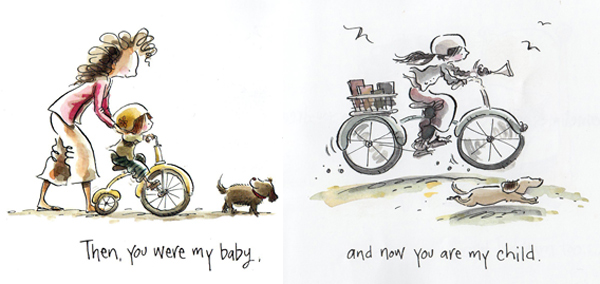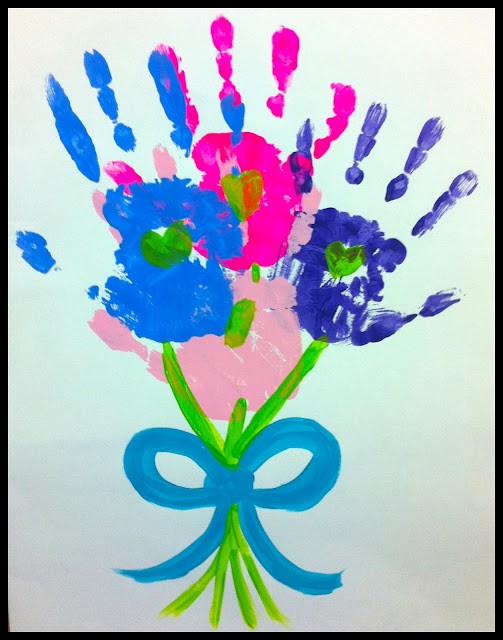This week I am writing about a controversial issue that affects me almost daily as both a children's librarian and as a parent. Loved or despised,
Accelerated Reader (AR) has sparked vehement debates amongst educators, librarians, literacy experts, publishers, and parents. If you have never heard of AR this may be a case where ignorance is bliss, but I will try and explain it to the best of my ability. Accelerated Reader is a computer software program designed to monitor independent student reading, test comprehension, and provide extrinsic rewards for reading.
You are probably wondering how a computer software can accomplish all of that.
Well, let me give you the super condensed explanation. Be forewarned, however, that I became a librarian so I would not have to use numbers. If you want to read a more detailed description of AR you can peruse this
Parent's Guide from the Renaissance Learning website.

Each student takes a computer test (STAR Reading TEST) that gives them a ZPD (Zone of Proximal Development) reading range. I really do not understand why smart people feel the need to over complicate everything. I think that they just like fancy acronyms.
Let's say a student is given a ZPD of 4.4-6.7. This would mean that the lowest level of books that they should be reading is 4th grade 4th month. Any lower than this and they are not really being challenged. The highest level book that they can read without struggling and requiring help is 6th grade 7th month.
Now of course the question is: How do we know what grade year and month a book is? Well, Renaissance Learning takes the number of words per text, the average number of letters per word and per sentence and then plugs them into something called the
ATOS Readability Formula. That is as far as I am going into the that, because as I mentioned before math makes my head feel like it is stuffed with cotton balls. I have given you a link, though, to another fascinating pdf document describing everything about the ATOS Readability formula in excruciatingly minute detail with really big words. Personally, I started to see double after the first few pages so read at your own risk and not prior to operating heavy machinery.
Accelerated Reader also assigns each book a point value by taking the ATOS level and plugging that into another mathematical formula (Make it stop! My brain hurts!). Teachers use the points to set reading goals and offer rewards like pizza parties, extra recess time, etc. In order to earn the points for a book students must pass an online quiz that consists of 10 multiple choice questions about specific details in the book. These quizzes are to verify that the student actually read the book.
So there you have it. Accelerated Reader is the ideal program for teachers to monitor, test, and reward reading in their classroom. At least it appears to be perfect. After all, over 60,000 schools in the US have purchased the program and the AR website is inundated with research, quotes, and statistics touting its effectiveness. However,
What Works Clearinghouse states that most of the studies on AR do not pass their evidence standards and the two that did had nonexistent to minimal positive effects. Even these gains could be attributed to more time spent reading independently in class rather than actually using the AR software and program guidelines.
According to What Works Clearinghouse the majority of reading intervention programs have very little evidence and minimal positive effect and sometimes even negative effects. The only program that shows significant success is
Reading Recovery which involves short term, one-on-one tutoring. There is a shocker, one-on-one tutoring helps (duh).


Obviously, one-on-one tutoring is not always going to be possible. For one thing it is time consuming and, secondly, expensive since schools would need staff to provide tutoring or monitor classrooms while teachers were working with individual students. Accelerated Reader, although costly, is at least easy and quick. All of the testing is computerized and parents, teachers, and students can look up books at their level on
AR Book Finder.
As a parent, librarian, and taxpayer, though, my question is: Is AR worth the cost? To begin using AR schools pay a one time fee of $1500-$3000 and then an annual fee that can be anywhere from $2000-$10,000, depending on the size of the school and whether the school purchased a partial or full version of the program. Now if you break this down per student it is probably not that much money (around $4-$10 per student). Keep in mind, though, that a school will also have to purchase computers that work with all of the AR software.
If sustained silent reading in the classroom works just as effectively why spend this money at all.
Better yet, why not put the money spent on AR towards the purchase of new books as well as full time staff in school libraries. Have you been in a school library lately? Most of them are understaffed (if they have a librarian at all since many schools are going without librarians to save money). Also, the materials available are incredibly outdated or in horrendous condition. My daughter had to do a report on Hawaii when she was in the fourth grade and the book she brought home from school was published in 1972. I had to inform her that she could not use that book as a source for any statistics like population.
If your school uses AR look into how much of the annual budget is allotted for library materials. I guarantee that it is considerably less than AR's annual fee. Even in schools that have a healthy book budget, their purchasing is limited to books with AR quizzes or they may have to pay a fee for access to new AR quizzes for new books.
The decline in school libraries means that even more children and parents are coming to the public library for reading materials and AR can make these visits frustrating and discouraging for everyone involved. As a librarian and a book lover, I want kids to enjoy reading as much as I do and become life-long patrons. Unfortunately, I have seen AR have the completely opposite effect. Instead of looking for books that interest them, kids (and parents too) wander the stacks picking books at random and flipping to the back page where the book level and points are recorded. Finding a book "in their range" or with the proper amount of points so they can attend a pizza party becomes the primary criteria for choosing a book.
Accelerated Reader is especially difficult for children that are advanced readers. I agree that kids should sometimes be pushed into reading something new and more challenging. How many times can you can read
Diary of a Wimpy Kid? Eventually you have to move onto a book without doodles and speech bubbles on every page. However, using the ATOS readability formula the majority of books (even adult ones) are written at a 4th-6th grade level. I have kids that come to the library who tell me that they need about above a 7.5 and there just isn't a huge selection outside of classics. For example,
The Stand by Stephen King is only a 5.7,
To Kill a Mockingbird by Harper Lee is a 5.6,
Harry Potter and the Sorcerer's Stone by J.K. Rowling is a 5.5, and
Charlotte's Web by E.B. White is a 4.4. For a child that needs above a 7.5 I could give them
Little Women (7.9),
20,000 Leagues Under the Sea (10.0), or
The Adventures of Tom Sawyer (8.1). These are all wonderful books, but if I give one of these to a 4th grader who usually chooses
Michigan Chillers or
Goosebumps to read for fun, they may just get frustrated and give up.

I always explain to parents that AR book level is determined using a mathematical formula that does not take into account what the book is about. The book that illustrates this best is
Dave at Night by Gail Carson Levine. This a historical fiction book inspired by Levine's own father and is set in New York during the Jazz Age. According to AR this book is a 3.6, but in the opening chapter the 11 year old protagonist's father dies and one of his relatives will only take in his brother who is quiet and well behaved. Dave is then sent to an orphanage where the children are physically and emotionally abused. At night Dave sneaks out of the orphanage to explore Harlem where he encounters a variety of interesting characters.
Dave at Night goes into detail about Jewish culture, the Harlem Renaissance, and deals with the heavier issues of racism, abuse, and neglect. It is an amazing book, but hardly what I would recommend to a third grader. In fact,
Scholastic has it listed as a sixth grade book ,which considering the content, seems much more appropriate.
In addition to taking the book levels with a grain of salt, I think that parents and teachers need to understand that AR quizzes are a very imperfect way of testing reading comprehension. Just because a book is in their child's range does not mean that they have the maturity or skills to fully understand a book.
Breaking Stalin's Nose by Eugene Yelchin is an absolutely fantastic book that won the 2013 Mitten Award and was a Newbery Honor book. The book contains no adjectives so the sentences are fairly short and simple and therefore its book level is only 4.6. Yelchin purposely wrote the book using very sparse language to convey how stark and restricted life in Russia was under Stalin's regime. I have no doubt that a 3rd or 4th grader could read
Breaking Stalin's Nose and easily pass a multiple choice quiz about the facts of the books. Would they really get it, though? Comprehension is more than just aptitude. It involves perception, ideas, and awareness. I would much rather know what someone thinks and feels about a book instead of memorizing the names of all of the characters . AR quizzes encourage kids to read for facts rather than requiring critical thinking. It is too easy to skim a book and just memorize the facts or visit websites like Sparknotes.
Please understand that I am not trying to disparage teachers or schools with this post. There are so many students each with individual needs and only so many teachers and hours in the day. The goal of everyone is to help children to become successful, life-long readers. We need to question whether AR is the best or most cost-effective way to accomplish this, though?
 Before we get into the books I am going to talk about the activity. If you look online there are a gazillion recipes for goo, slime, ooze, playdough, puffy paint, etc. but I am going to give you my favorite one to do (which also happens to be the easiest). There are only 2 ingredients: cornstarch and water. You do not need exact measurements; just pour some cornstarch in a bowl and add water until it looks liquid but feels solid when you give it a quick tap on the surface. As you can see from the picture it looks like a bowl of milk (unless you add food coloring).
Before we get into the books I am going to talk about the activity. If you look online there are a gazillion recipes for goo, slime, ooze, playdough, puffy paint, etc. but I am going to give you my favorite one to do (which also happens to be the easiest). There are only 2 ingredients: cornstarch and water. You do not need exact measurements; just pour some cornstarch in a bowl and add water until it looks liquid but feels solid when you give it a quick tap on the surface. As you can see from the picture it looks like a bowl of milk (unless you add food coloring).
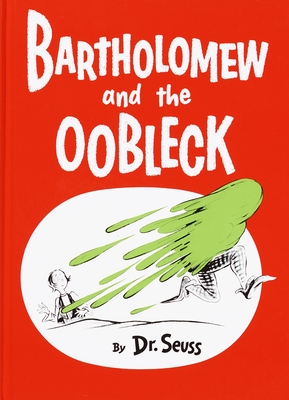

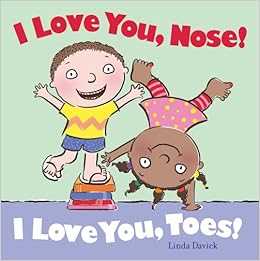










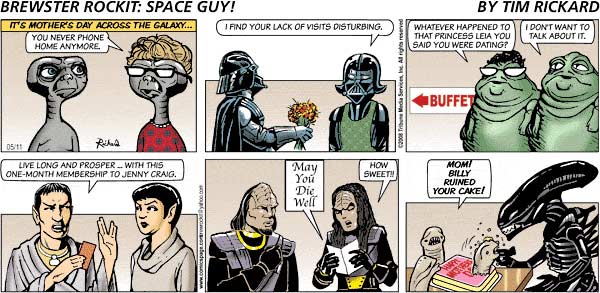
.jpg)






